Video Boost is in the process of rolling out to Google’s Pixel 8 Pro, with the promise of much better video quality after Google gets a chance to process your recordings. Video Boost is an impressive feature, but in our time testing it so far, Night Sight Video is clearly the most impressive point Google has for this Pixel 8 Pro-exclusive feature.
The idea behind Video Boost on the Pixel 8 Pro is that you can record a video in two different formats. One with a totally normal recording that is processed and stored on the device. The other is similar to a RAW capture from a camera still, which holds more data about the scene for more advanced software to use in making edits. That “RAW-ish” copy of the video is offloaded to Google’s servers, where it can be processed to make improvements across the board.
- Google explains how to use Video Boost
- Video Boost on the Pixel 8 Pro has to be turned on for each recording; here’s how [Gallery]
Since the feature arrived, we’ve had a chance to do some real-world testing with it. Over on YouTube, our Jordan Floyd has put the feature through its paces across daytime and nighttime samples, finding that while there are daytime improvements, it’s at night that things are clearly a whole lot better.
You can check our Jordan’s samples above, as well as in the 11-minute comparison below.
I’ve also put the feature up against the iPhone 15 Pro, finding that Google’s Video Boost has noticeably better nighttime performance than Apple, but daytime results are pretty much on the same level.
But, as mentioned, it’s Night Sight that really makes Video Boost worth paying attention to.
Capturing night scenes on the Pixel 8 Pro typically results in pretty dark video, with anything in a shadow being hard to see. I find the default option a bit dark but at least still relatively realistic to the scene’s original look to my own eyes.
With Video Boost turned on, the difference isn’t quite night and day, but that’s exactly what I was hoping for.
After processing, which took about 6 hours on the 30-second to 1.5-minute clips I shot, everything dark is brought to life, all without overdoing sources of light in the scene. For instance, in the first clip below, the street and building lights are still pretty tame, while shadows are brought out without being unrealistically bright.
It’s a huge difference, and that’s because it’s genuinely the same Night Sight feature we’ve enjoyed for years in Pixel photos, just now in video.
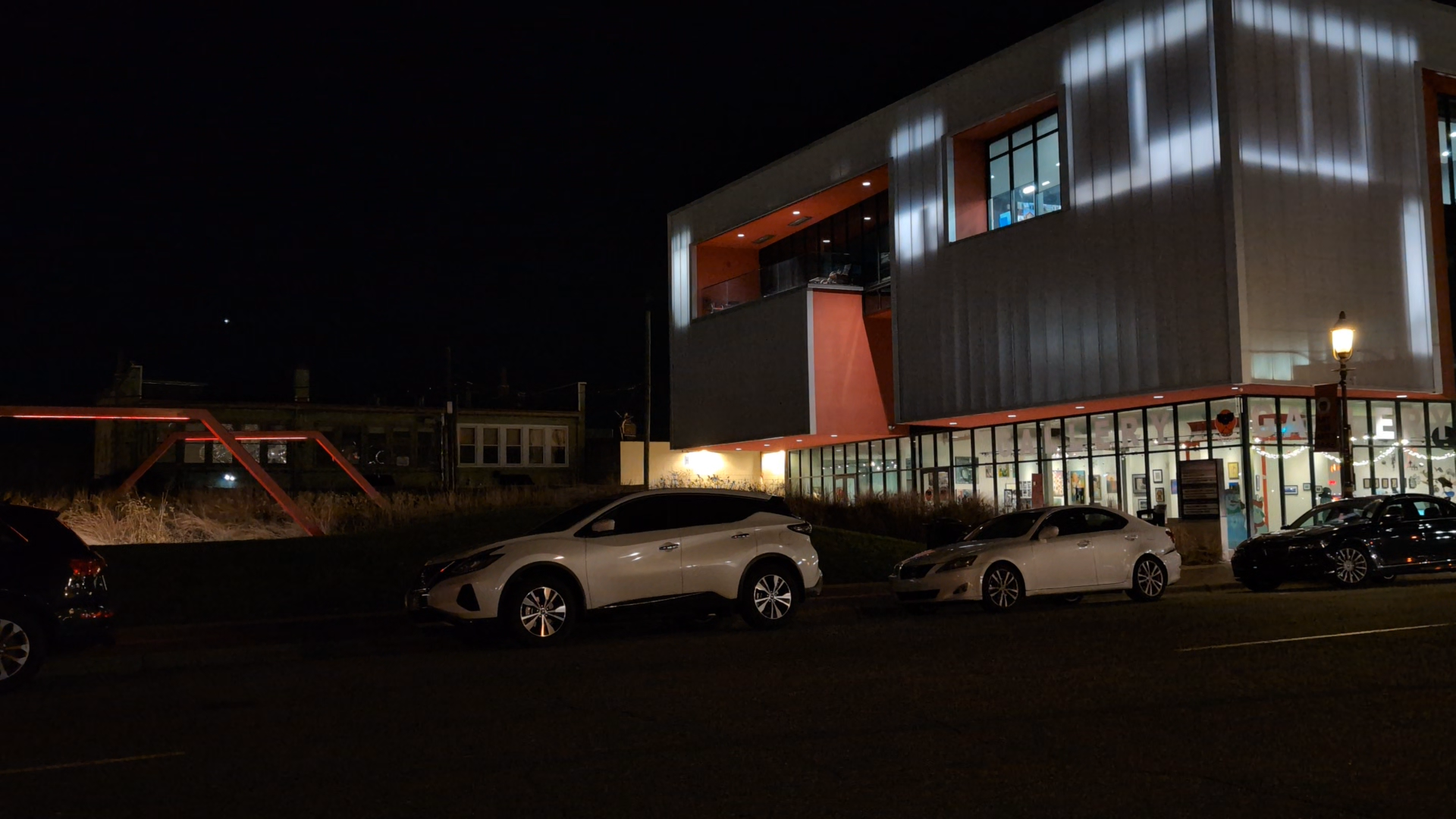
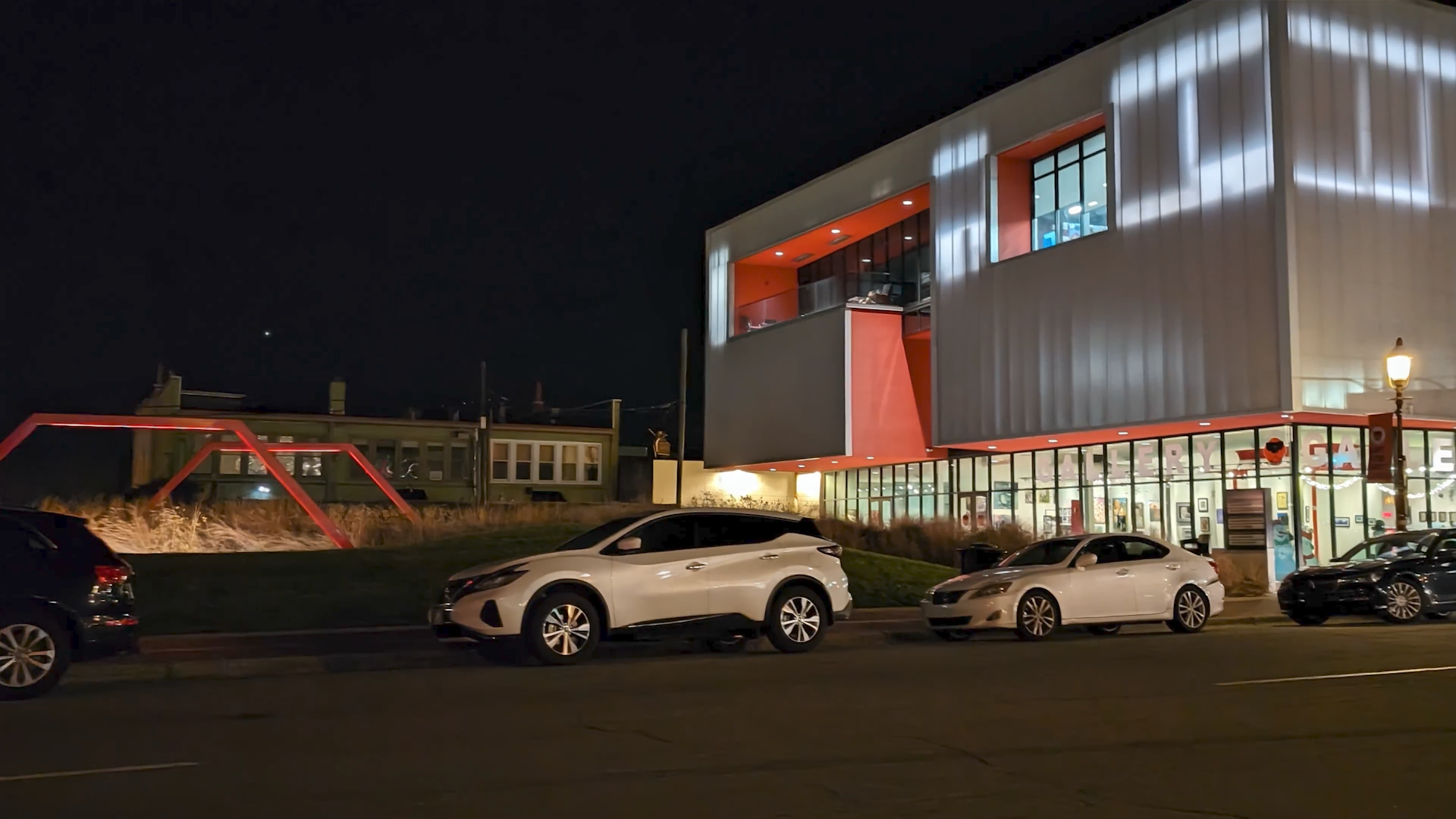
As with Night Sight for stills, though, Google’s processing can only go so far. As there’s more light available, Video Boost has less of an impact. In a wacky mini-golf game, I could definitely see that things were brighter and closer to what my eye actually saw, but it wasn’t as drastic of a difference as in darker scenes.
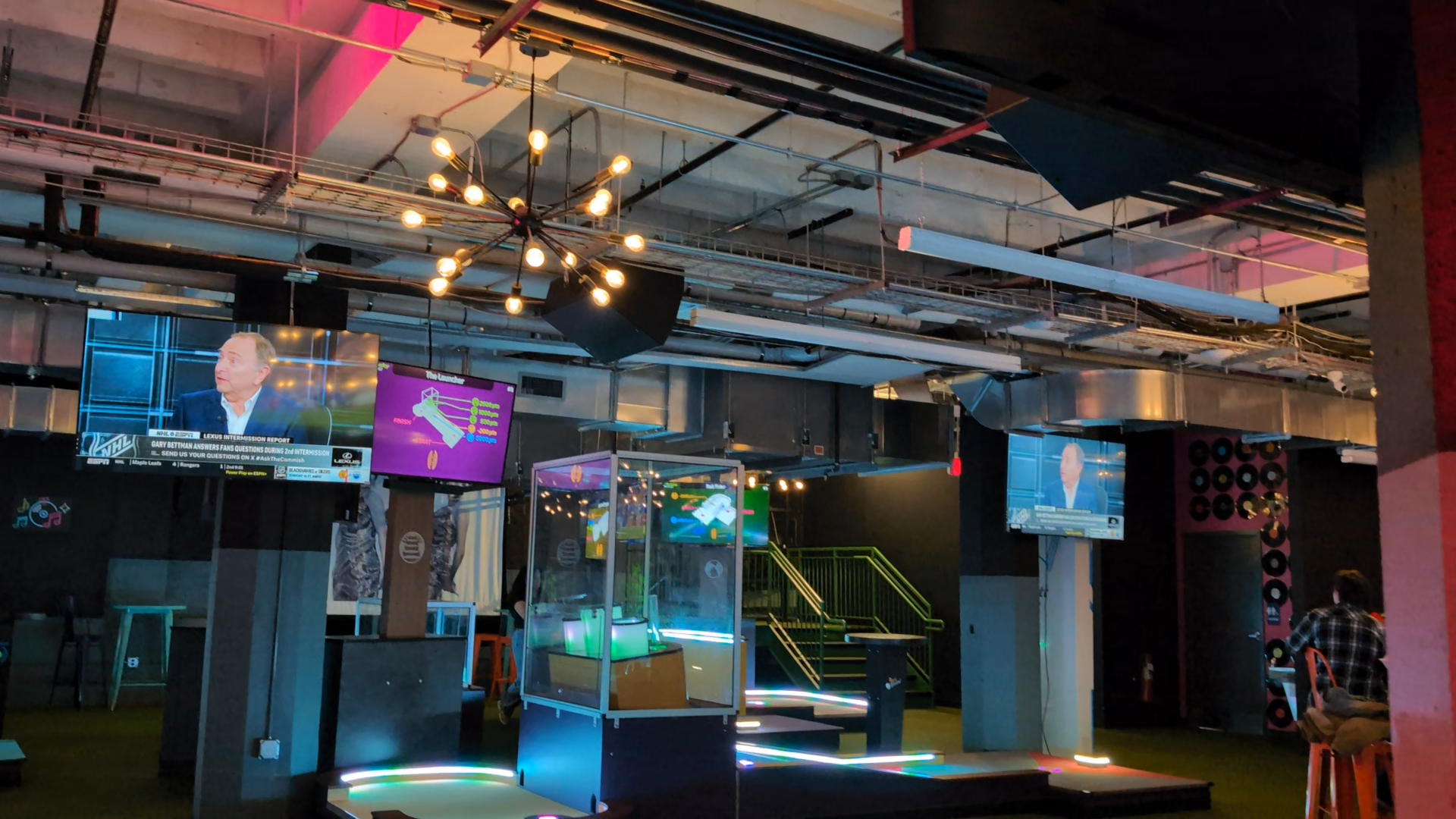
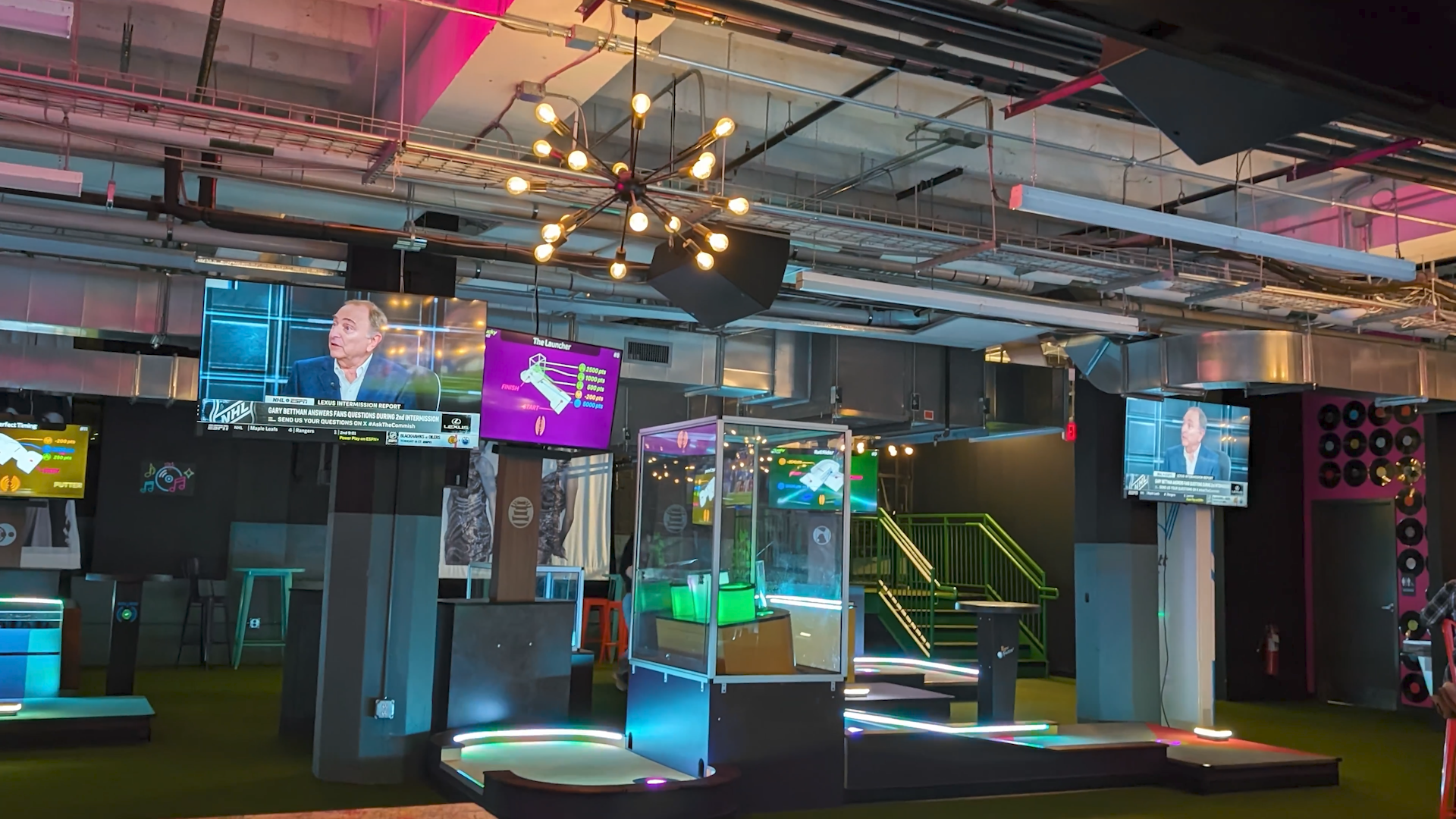
Video Boost doesn’t necessarily solve every problem with low-light video capture, though. Shakes from walking and moving the camera aren’t always scrubbed from the footage, but there’s a noticeable improvement. Some scenes also still can’t fully be brightened but, again, there’s a noticeable improvement.
Something else I caught while comparing these side by side is that Google’s processing also plays around with the stabilization. Janky movements from stabilization can be slightly edited out, and framing may also slightly change.
A not-great part of the processing, though, is that it seems like the first couple of seconds of the clip can be altered, or even lost in the processing, at least in the downloaded copies.
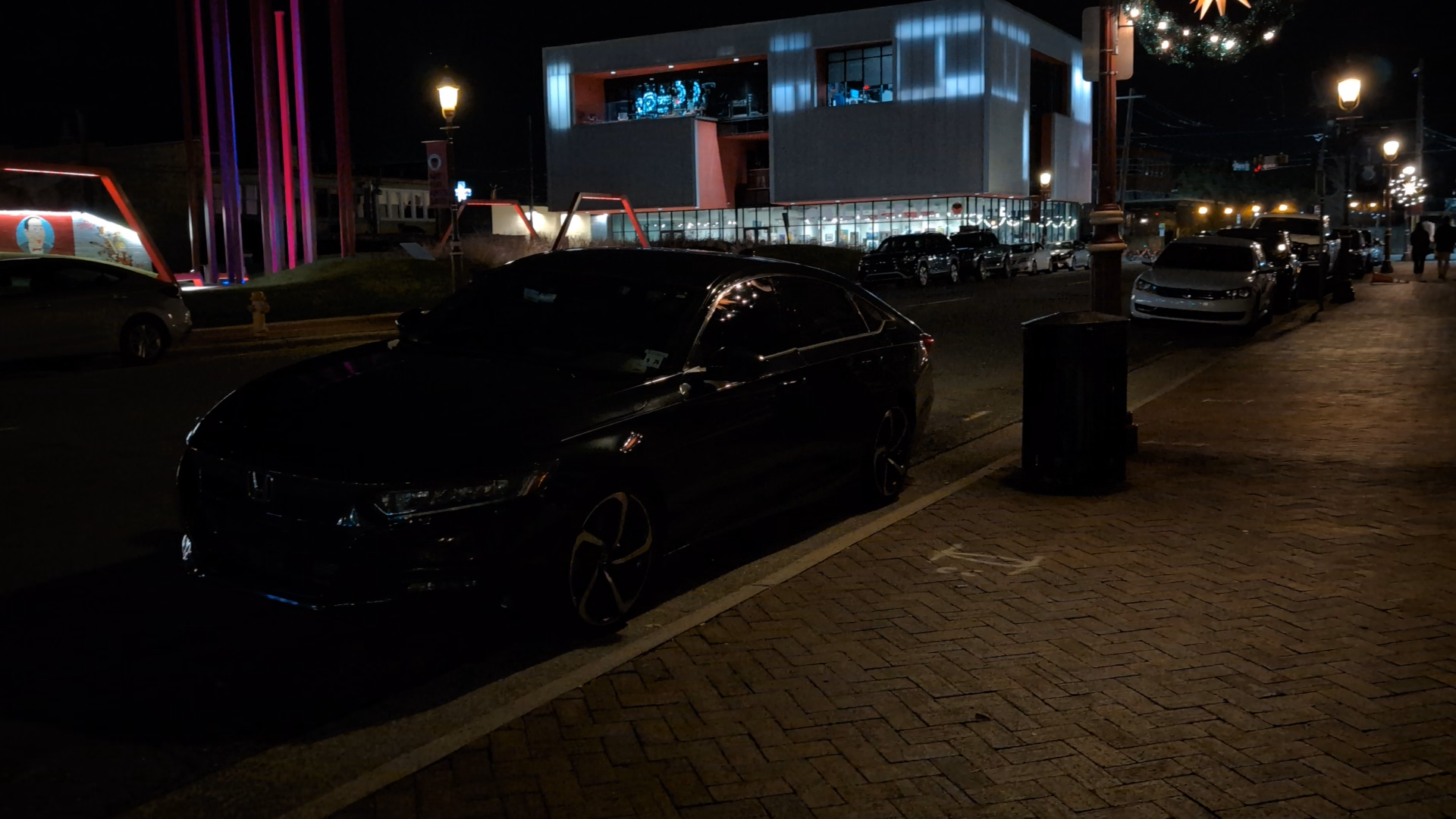

Video Boost is rolling out now, exclusively on Pixel 8 Pro.
More on Pixel:
- Google should focus much more on Night Sight Video
- How to change what your Pixel’s lockscreen looks like
- Repair Mode is now available on these Google Pixel devices
Update 12/17: Post now includes more daytime samples as well as context from our iPhone 15 Pro comparison. Article was originally published on December 13.
FTC: We use income earning auto affiliate links. More.




Comments